What Makes Uluru a UNESCO World Heritage Site?
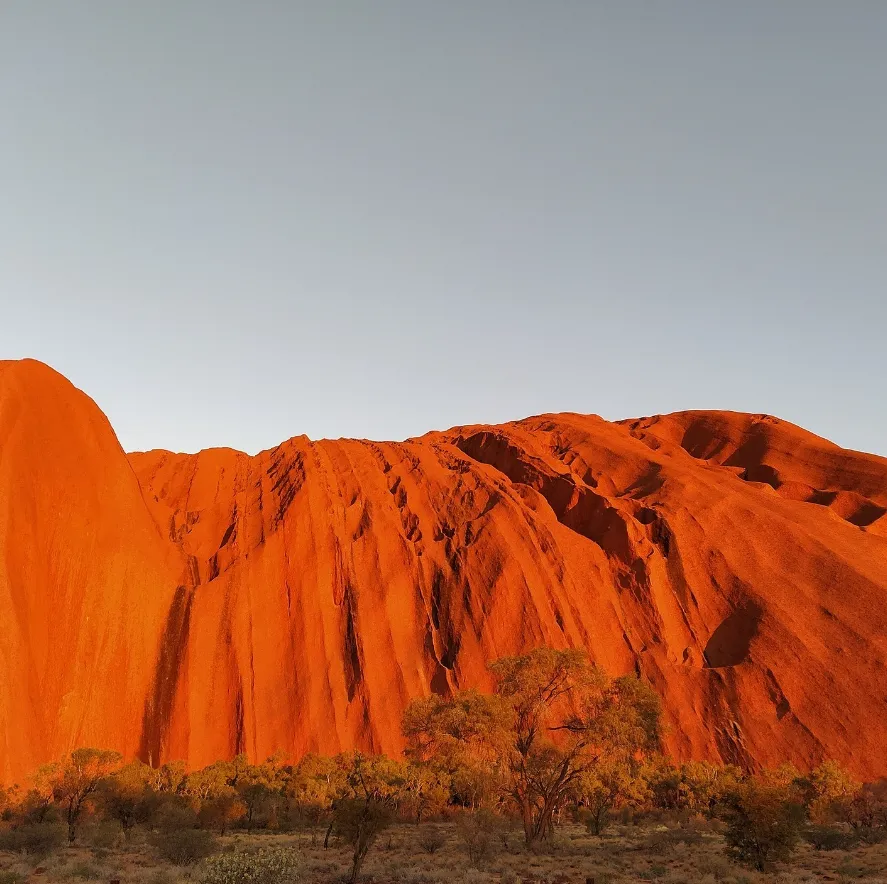
Uluru-Kata Tjuta National Park, a symbol of Australia’s natural and cultural heritage, stands as a testament to the unbroken connection between the Anangu people (Traditional Owners) and their ancient lands. Its embodiment in Uluru (Ayers Rock) and Kata Tjuta (Mount Olga), large rock formations that can be seen across this iconic park establishes its importance not just as an amazing scenery but also its spiritual and cultural sanctuary preserving age old traditions handed down through generations.
Historical Overview of Uluru-Kata Tjuta National Park
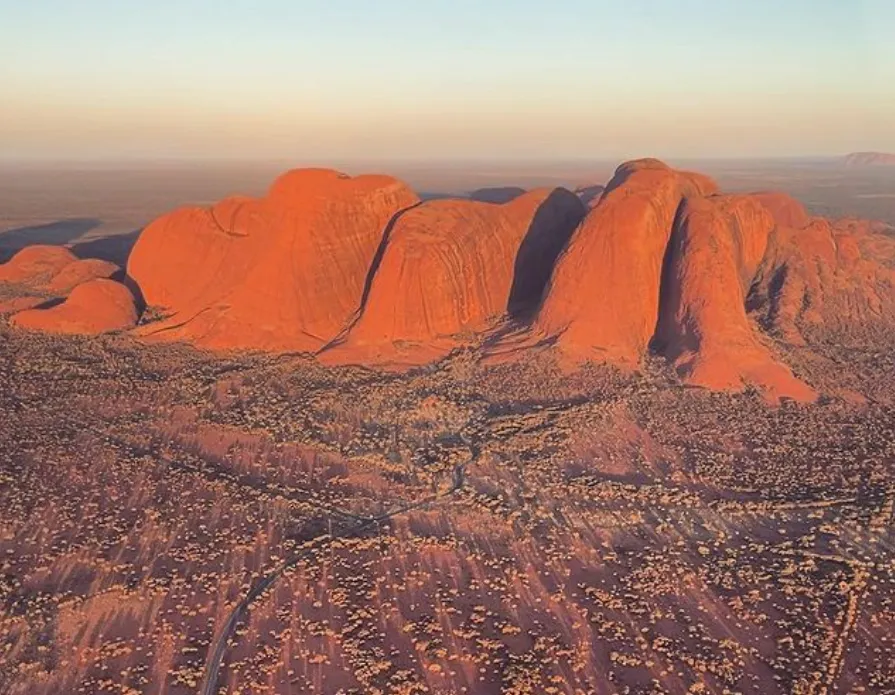
The story of Uluru-Kata Tjuta National Park is an interweave of time from being a sacred Aboriginal land to becoming one of the most famous national parks globally. In earlier times, it was called by the Anangu and other Indigenous peoples name, which carried deep spiritual and cultural significance for them; however, since colonisation, it took on international fame. However, in 1958, the recognition as a national park, renamed Ayers Rock-Mount Olga National Park, marked an epochal moment in its life. It was at this stage that both sides recognized its worth in nature’s domain as well as its deep cultural roots. After centuries, Anangu joint management systems with Parks Australia were initiated so that they could provide leadership based on their indigenous culture.
Traditional Ownership and Cultural Significance
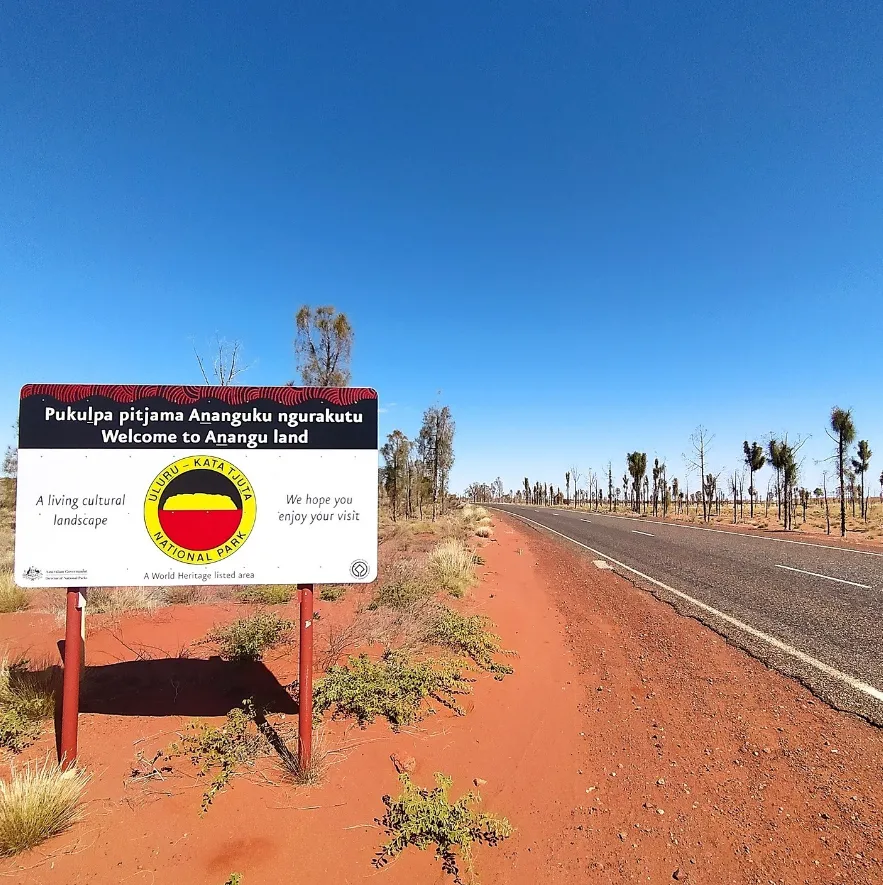
For thousands of years, Anangu has been traditional owners or custodians of the Uluru-Kata Tjuta area, whose spiritual relationship goes back to tjukurpa (the traditional law). It was during this creation period that ancestral beings shaped the world, instilling sacred sites with spiritual essence and laying down laws for human societies. The law is referred to as tjamulu in the Pitjantjatjara language. This profound bond is evident in every aspect of Anangu’s life and is deeply embedded within the cultural landscape of the park. The Uluru-Kata Tjuta National Park is now an integral part of the Anangu people’s cultural identity and heritage, and not only a striking landscape with extraordinary geological features.
Thus, rock art sites as well as other cultural expressions found throughout the park depict a rich tapestry of Aboriginal life in historical perspective. These artifacts are important components of the Anangu living culture, serving as ceremonial places where detailed knowledge about traditions and practices is passed on to future generations.
Unique Geological Formations
The park geology’s stories evolve around two major entities – Uluru and Kata Tjuta- spectacular rock formations that rise dramatically from the central Australian desert sand. A huge monolith is made up of sandstone, which is enormous in size, but one thing that characterizes it most is its being holy for Anangu. Its creation happened 550 million years ago, and over many years, its unique shapes and patterns have been shaped by natural forces so that they change colours magically during sunset or dawn times.
Kata Tjuta, also known as The Olgas, consists of 36 domes scattered over an expanse of more than 20 kilometres across. Their geological ancient history is as complex as the cultural stories associated with them. They are seen by Anangu not merely like forms on ground but rather manifestations of Tjukurpa hence become integral to their spiritual connection and traditional beliefs.
- Spiritual Significance: Both formations hold outstanding significance to the Anangu people, who tell various Dreamtime stories in which they worship these rocks.
- Biodiversity: The surrounding desert plains have a range of indigenous plant and feral animal species that are able to survive in the harsh desert environment.
Table: Comparative natural features of Uluru and Kata Tjuta
| Feature | Uluru | Kata Tjuta |
|---|---|---|
| Composition | Sandstone monolith | Conglomerate rock domes |
| Cultural Role | Central to many sacred stories and ceremonies | Associated with men’s business and significant Anangu teachings |
| Geological Age | Approx. 550 million years | Older than Uluru, with varying estimates |
| Size | 348 meters high, 9.4 km in circumference | Covers 21.68 km², with the tallest dome rising 546 meters |
The Anangu, guardians of this ancient desert landscape, use traditional knowledge and modern conservation techniques to maintain this fragile ecological balance. Environmental management strategies for the park are derived from Ananguku Tjukurpa (ecological knowledge) and Tjukurpa (historical knowledge), thereby ensuring that both natural and cultural values remain intact for generations yet unborn. These strategies encompass not only native species conservation but also invasive species control as well as climate change mitigation.
The Cultural Landscape
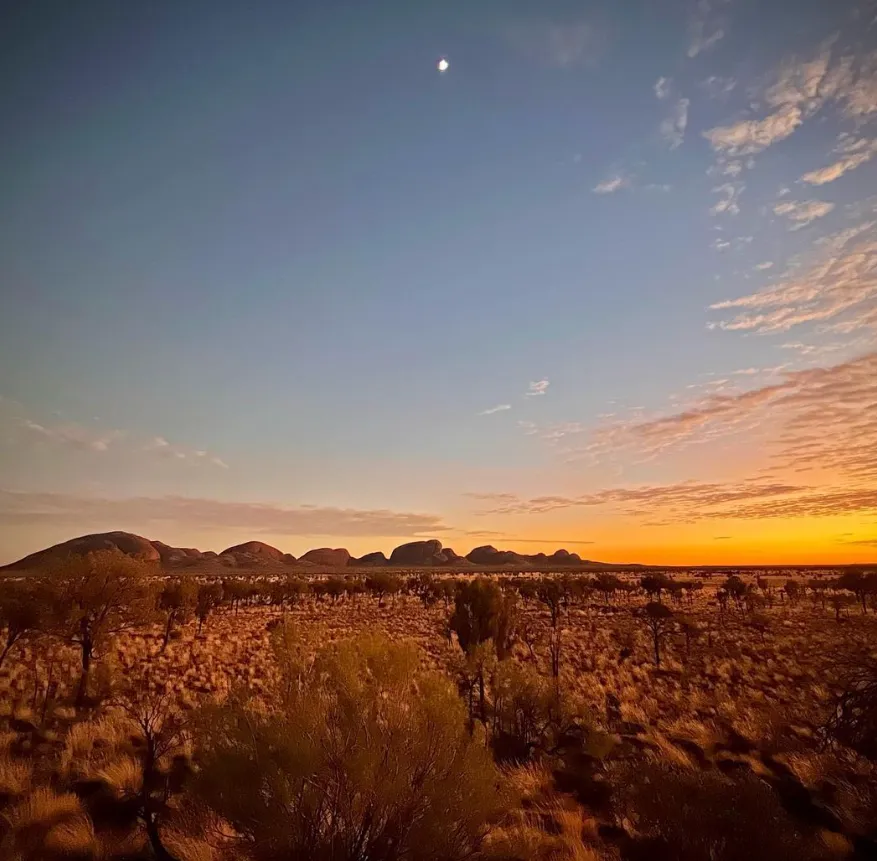
However, this cultural landscape is not just a beautiful backdrop for the amazing natural formations but rather a living mural through which stories about the Anangu people can be expressed. Each aspect of this landscape has cultural significance because every structure tells a story, while each direction represents where an ancestor walked on the land during their time on earth. This strong connection these people have with their land encapsulates Dreamtime stories, which are not simply myths but instead part of daily life among Anangu through spirituality.
As visitors walk through the park, they tread along paths that have been used for ceremonies and teaching for millennia. In order to preserve these zones while allowing tourists to appreciate them without degrading their holiness, the park’s management plans have been drawn up in collaboration with Anangu. Educational programs and guided Uluru tours such as the Mala Walk offer insights into traditional practices and the special significance of particular places, thus fostering visitor respect and appreciation of Anangu cultural traditions.
Additionally, the park serves as a cultural hub, ensuring continuity in detailed knowledge transmission from generation to generation. Preserving cultural heritage has not only acted as a means through which personal identity is reinforced but also enhanced social bonds among indigenous people. The management methods adopted by this park are informed by traditional Anangu approaches based on oral narratives passed down over time and demonstrated through living aboriginal culture.
Promoting and Preserving Anangu Culture
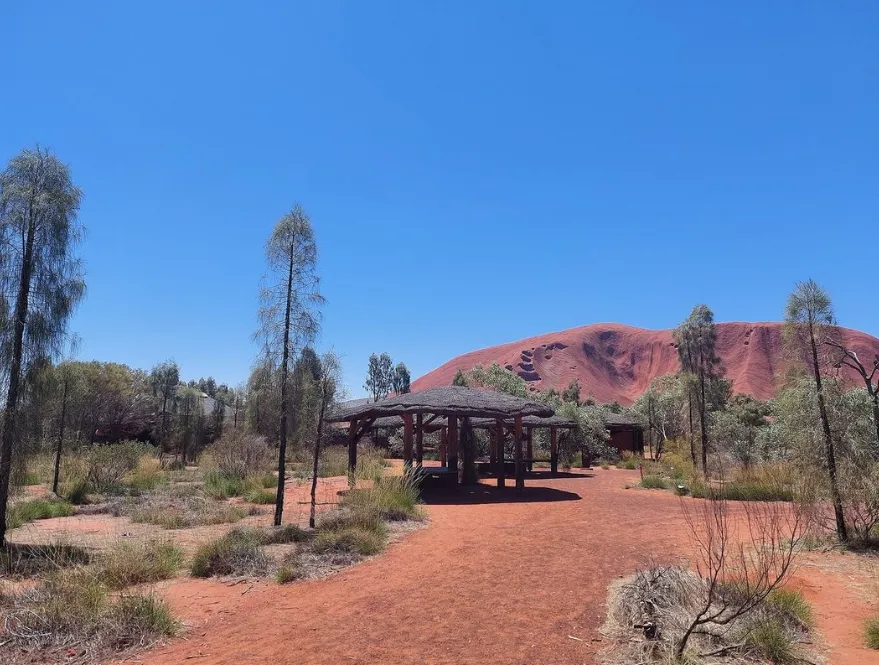
Cultural preservation is an ever-changing process particularly for Uluru-Kata Tjuta where the Aboriginal peoples are greatly connected spiritually. They have established various initiatives that aim at keeping their cultures alive. These include culture centers that showcase Anangu art, crafts and performance – these provide economic benefits while also promoting better understanding of their culture.
Apart from supporting traditional arts, these centres act as meeting points for discussions about the importance of Indigenous practices and the challenges facing them when it comes to preserving them. The park’s cultural programs also play a vital role in continuing cultural knowledge so that young generations do not lose out on traditional skills, languages or ceremonies but instead develop them further.
- Cultural Workshops: These workshops are held regularly, and they teach traditional arts and crafts to both Anangu members and people from outside.
- Digital Archiving: This entails using modern technology such as the Internet to record and store oral traditions, stories, and practices of Indigenous groups for future generations.
Conclusion
Uluru-Kata Tjuta National Park is much more than a natural wonder; it is a profound cultural landscape that embodies the spiritual and historical essence of the aboriginal people. The park is an example of how Aboriginal culture can be preserved through a combination of ancient wisdom with contemporary environment conservation methods. As we move forward, the continuing partnership between Traditional Owners and park management will ensure that this area remains sacred, not just because of its picturesque beauty but rather in relation to its vibrant cultural heritage, which is indispensable for identity construction among the aboriginal community.
FAQ
What makes Uluru-Kata Tjuta National Park a UNESCO World Heritage site?
It has been recognized internationally for its exceptional natural and cultural significance. Its unique geography, combined with its importance to the Anangu, makes it listed by the United Nations Educational Scientific Cultural Organization on the World Heritage Sites list.
How can tourists visit the park responsibly?
The park’s rules require visitors to respect its biodiversity as well as any aboriginal cultural norms like respecting boundaries, no climbing on Uluru rock or take guided tours that educate them about places they go.
Are there any restrictions on photography within the park?
Yes due to some areas being sacred grounds for religious activities, taking pictures is only permitted in specific areas within those two parks shouldered by Watarrka national park which respect religious beliefs of aboriginal people.
What is being done to combat the effects of climate change on the park?
This includes containing invasive animals, managing fires better having adequate water resources together with actions aimed at preserving wetlands among others as part of adaptation strategies outlined in their management plan to mitigate climate change impacts.
Can the public participate in any cultural events or ceremonies?
Most ceremonies are sacred and private and as such they are not open to the general public. Nevertheless, there are various opportunities for tourists to witness typical Anangu culture through traditional dances and talks.